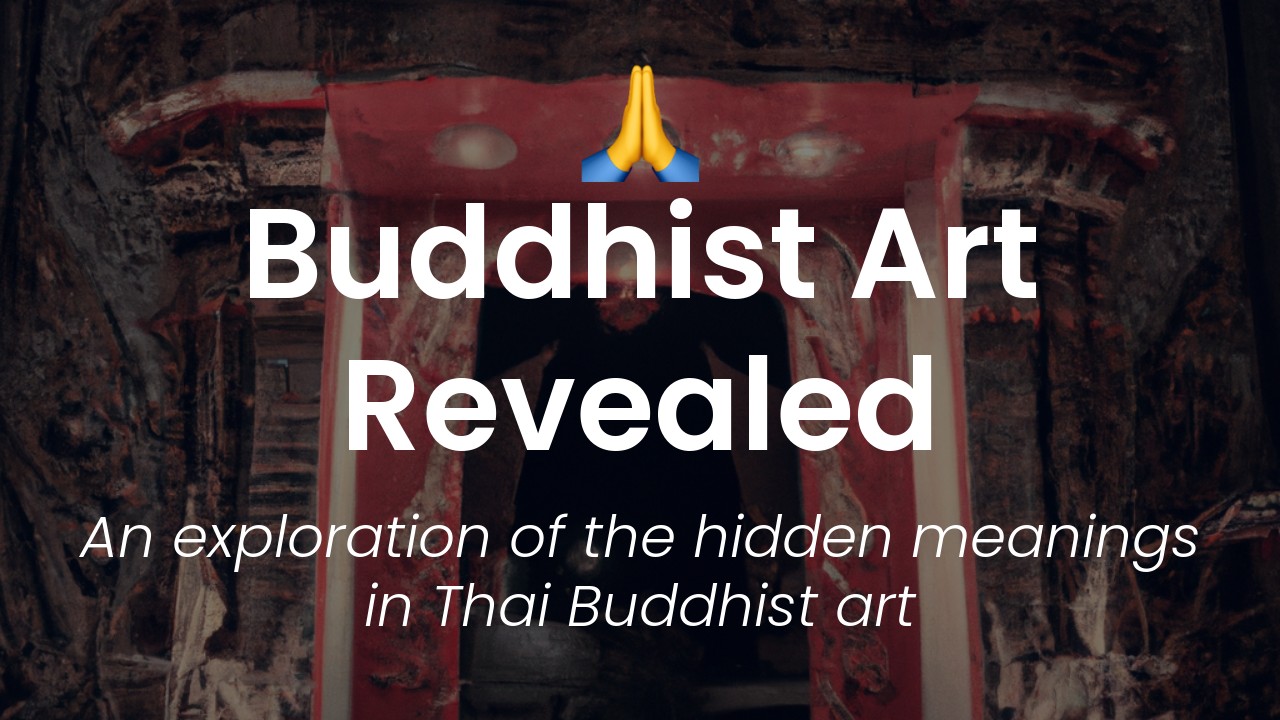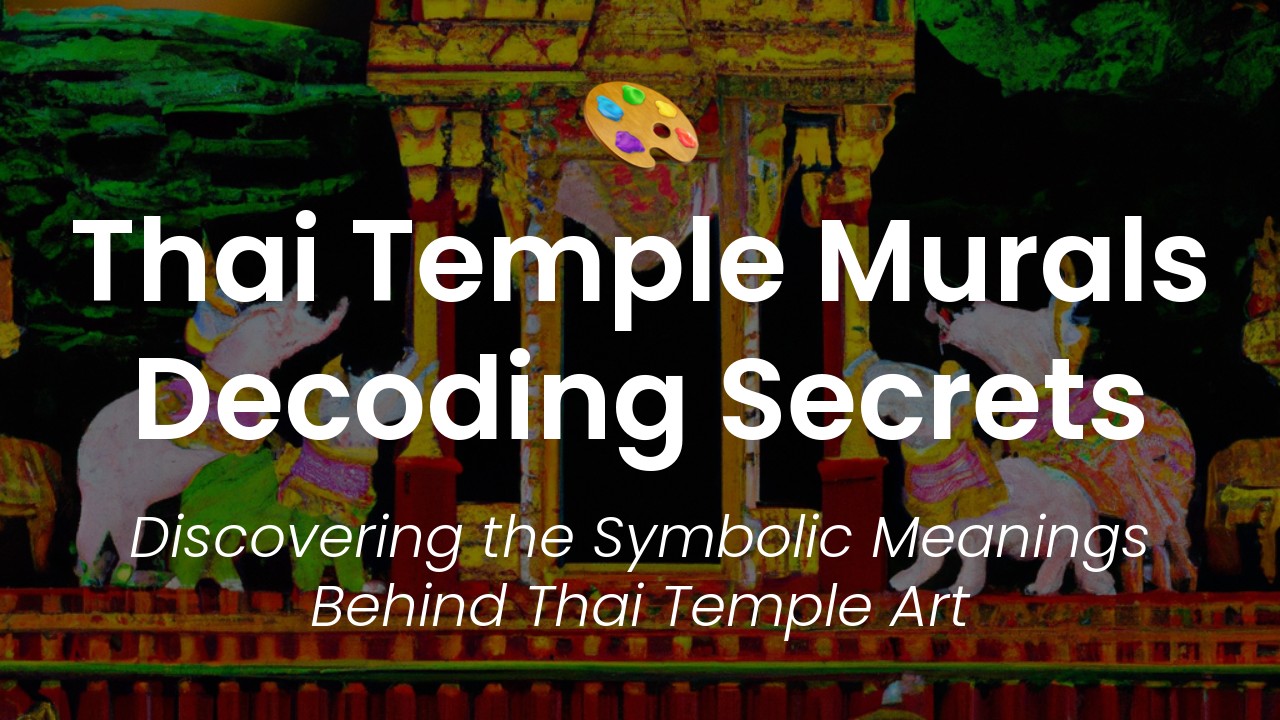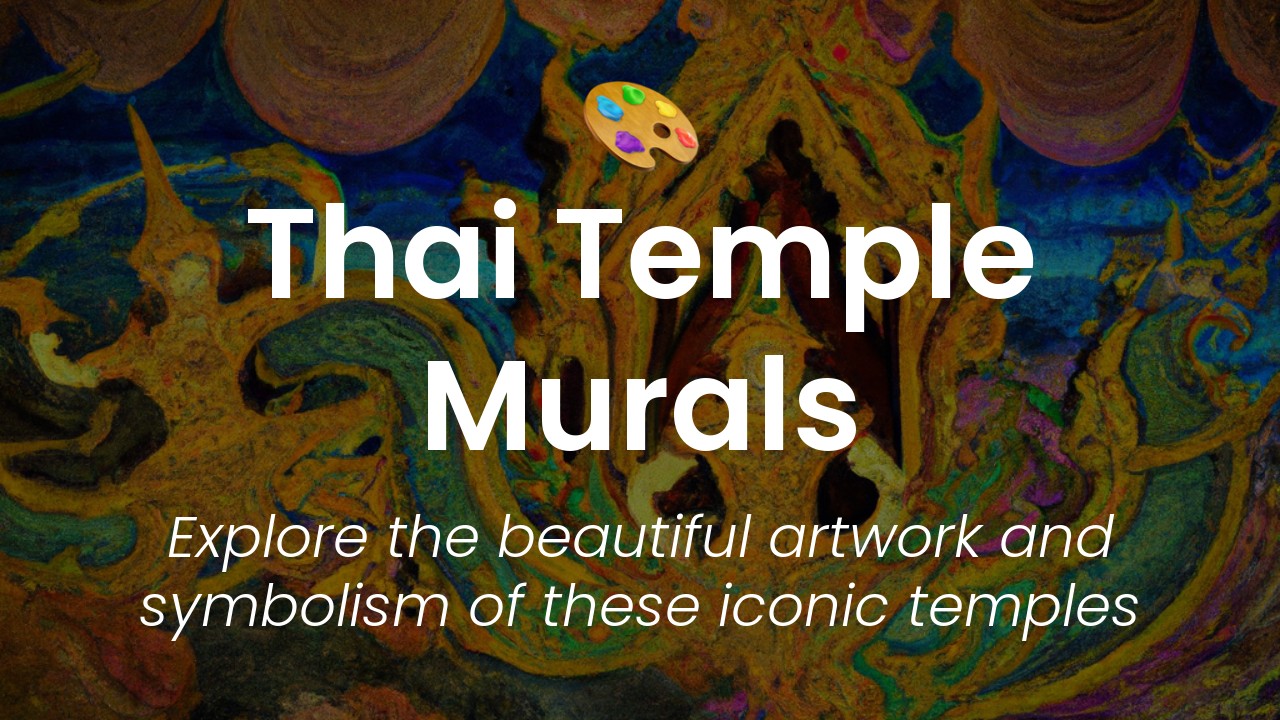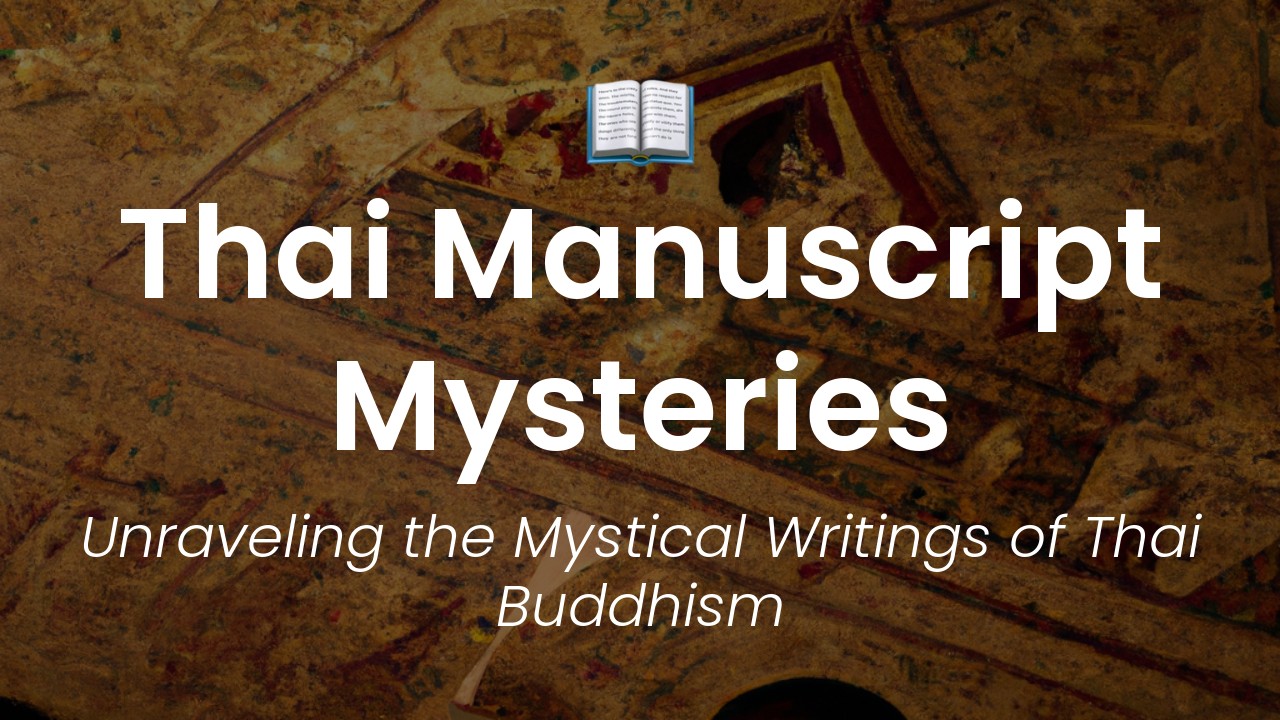As someone who has grown up in Thailand, I have always been fascinated by the art and architecture of Thai temples. The intricate carvings that adorn the walls, roofs and pillars of these temples are truly exquisite. These carvings are not just beautiful works of art, they also hold deep spiritual and cultural significance for the Thai people. In this blog post, I want to share with you my favorite Thai temple carvings and the stories and beliefs behind them.
Let's start with the famed Emerald Buddha temple in Bangkok, known locally as Wat Phra Kaew. The temple complex is home to some of the most intricate and detailed carvings you'll ever see. One of my favorite carvings here is the mythical creature called the Kinnaree. This half-human, half-bird creature is a symbol of grace and femininity in Thai folklore. The Kinnaree is often depicted playing music or dancing, and is said to have a enchanting voice that draws in listeners.
Moving on to the ancient city of Ayutthaya, you'll find many temples with stunning carvings. The Phra Chedi Suriyothai temple is particularly interesting because it features carvings of soldiers and war elephants. These carvings depict scenes from the battle between Ayutthaya and the Burmese in the 16th century. The temple was built in honor of Queen Suriyothai, who rode on the back of an elephant into battle and died protecting her husband, the King, from Burmese assassins.
As you explore more Thai temples, you'll come across carvings of mythical creatures, deities, and scenes from Buddhist stories. Each one holds a unique story and meaning that adds to the rich tapestry of Thai culture. I hope this blog post has inspired you to appreciate the exquisite Thai temple carvings and the stories behind them.
Overview of Thai Temple Carvings
Thai temple carvings are an exquisite form of art that dates back many centuries. The intricate carvings that adorn temples throughout Thailand are a testament to the incredible craftsmanship of the Thai people. From the smallest details to the largest sculptures, every element of these carvings is carefully crafted to tell a story.
The carvings of Thai temples serve a dual purpose. Not only are they beautiful pieces of art, but they also convey important religious and cultural meanings. These meanings are reflected in the symbols and images used in the carvings, which often depict religious stories or teachings.
History of Thai Art and Buddhism
Thai temple carvings are deeply rooted in the country's rich history and culture. Thailand has a long tradition of Buddhist art, which is reflected in the temples and other religious buildings throughout the country. Thai art is influenced by both Hindu and Buddhist traditions, and this is evident in the carvings found in Thai temples.
Buddhism arrived in Thailand in the 3rd century BC, and over time, it became the dominant religion in the country. The religion spread rapidly throughout Southeast Asia, and it had a significant impact on the region's art and culture. Buddhist art in Thailand encompasses a wide variety of styles and mediums, including sculpture, painting, and, of course, carving.
Styles of Thai Temple Carvings
The carvings found in Thai temples come in a variety of styles, each with its own distinct characteristics. Some of the most popular styles of Thai temple carvings include:
Ayutthaya Style
The Ayutthaya style of temple carving is perhaps the most recognizable of all Thai temple styles. This style emerged during the Ayutthaya period (1350-1767), and it is characterized by its intricate, detailed carvings. The carvings are often highly stylized and feature intricate floral motifs.
Sukhothai Style
The Sukhothai style of temple carving emerged during the Sukhothai period (1238-1438), and it is characterized by a more simplistic, stylized approach to carving. The carvings in this style tend to be less detailed and less elaborate than those in the Ayutthaya style.
Lanna Style
The Lanna style of temple carving emerged in Northern Thailand during the Lanna Kingdom (13th-18th century). This style is characterized by its intricate, multi-layered carvings, which often depict scenes from Buddhist scripture.
Ratanakosin Style
The Ratanakosin style of temple carving emerged during the Ratanakosin period (1782-1932), and it is characterized by its intricate, highly detailed carvings. This style features a wide variety of motifs, including mythical creatures, floral patterns, and geometric shapes.
Where to Find Exquisite Carvings
If you're looking to appreciate the beauty of Thai temple carvings, there are plenty of places throughout the country where you can see them in person. Some of the most popular temples for viewing exquisite carvings include:
Wat Phra Kaew (The Temple of the Emerald Buddha)
Located in Bangkok, Wat Phra Kaew is one of the most famous temples in Thailand. The temple is home to a number of exquisite carvings, including the highly detailed Yaksha guardians who stand at the entrance to the temple.
Wat Phra Singh
Located in Chiang Mai, Wat Phra Singh is one of the most important temples in Northern Thailand. The temple is home to a number of intricate carvings, and it also houses a famous Buddha statue known as the Phra Buddha Sihing.
Wat Phra That Doi Suthep
Located just outside of Chiang Mai, Wat Phra That Doi Suthep is a popular temple that features a wide variety of carvings. The temple is situated on a hilltop, which provides panoramic views of the surrounding area.
Popular Temples with Intricate Carvings
There are countless temples throughout Thailand that feature exquisite carvings. Some of the most popular temples for viewing intricate carvings include:
Wat Arun
Located in Bangkok, Wat Arun is one of the most famous temples in Thailand. The temple is particularly well-known for its stunning Khmer-style central prang, which is decorated with colorful, intricate carvings.
Wat Benchamabophit
Also known as the Marble Temple, Wat Benchamabophit is a beautiful temple located in Bangkok. The temple is constructed from white Italian marble, and it features a number of intricate carvings throughout its interior.
Wat Phra That Lampang Luang
Located in Lampang province, Wat Phra That Lampang Luang is a stunning temple with a long history. The temple is home to a number of intricate carvings, and it is particularly renowned for its beautiful, green-tiled roofs.
Symbolism and Meaning Behind Carvings
The carvings found in Thai temples are more than just beautiful works of art. They also have deep religious and cultural meanings. Many of the carvings depict stories from Buddhist scripture, and they are designed to convey important teachings and moral lessons.
For example, the Yaksha guardians that are often depicted at the entrance to temples are meant to symbolize the importance of guarding one's thoughts and actions. Similarly, the depictions of the Buddha throughout Thai temples are meant to inspire feelings of peace and compassion.
Tips for Exploring Thai Temples and Appreciating the Art
Exploring Thai temples and appreciating the art can be an incredibly rewarding experience. Here are a few tips to help you get the most out of your visits:
- Do some research before you go. Learn about the history and cultural significance of the temples you plan to visit.
- Dress appropriately. Thailand is a conservative country, and visitors to temples are expected to dress modestly. Avoid shorts, sleeveless shirts, and other revealing clothing.
- Be respectful. Remember that the temples you are visiting are places of worship. Be quiet and respectful, and avoid touching or defacing the carvings.
- Take your time. Appreciating the art in Thai temples takes time. Take the time to examine the carvings in detail and appreciate their beauty and intricacy.
Final Thoughts
Thai temple carvings are an incredible form of art that have been part of the country's culture for centuries. From the Ayutthaya style to the Ratanakosin style, the carvings found in Thai temples are a testament to the incredible craftsmanship of the Thai people. By exploring Thai temples and appreciating the art within them, you can gain a deeper understanding and appreciation of this fascinating culture.





